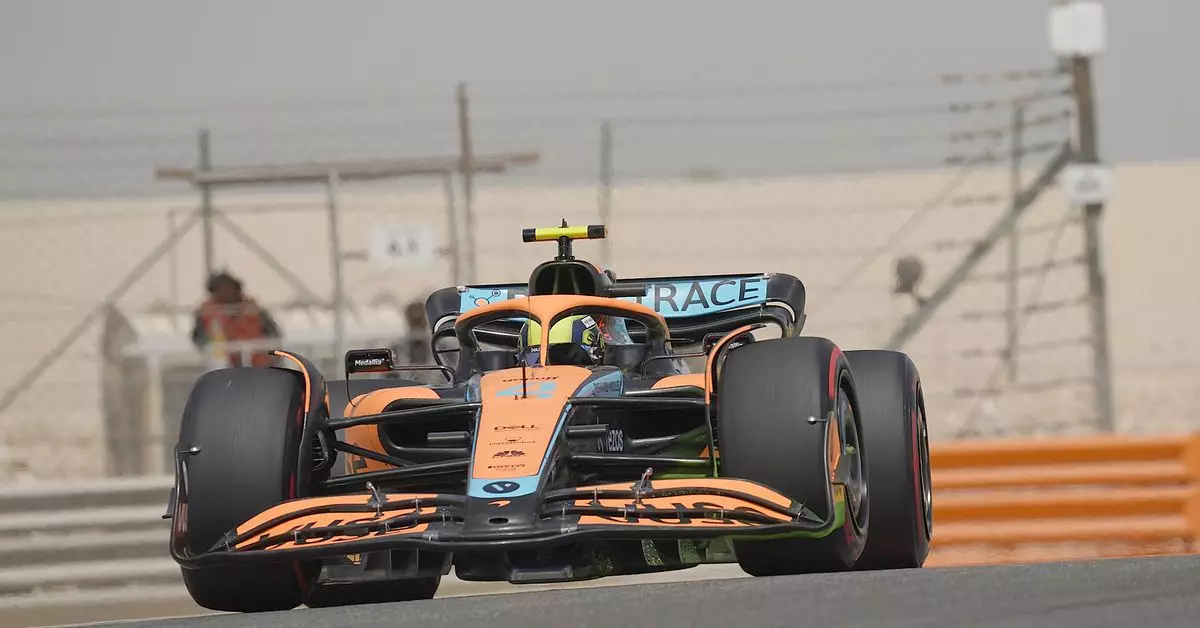The incorporation of gyro camera systems in Formula 1 broadcasts has revolutionized the way fans experience the races. By mounting a camera above the helmet of race drivers, such as Lando Norris, viewers are given a unique perspective that accentuates the exaggerated angles of banked turns at circuits like Circuit Zandvoort. This feature was particularly evident during the Dutch Grand Prix qualifiers, where the footage captured provided a thrilling and immersive viewing experience for fans.
The use of gyro camera systems has elicited mixed reactions from Formula 1 enthusiasts. While many fans took to social media to express their admiration for the broadcasts from Norris’ car, citing that it allowed them to “really see the banking,” others voiced concerns. Some viewers believed that the camera system compromised the perception of speed, while others worried about the potential for the technology to induce motion sickness.
Dino Leone, Formula 1’s head of onboard camera operations, shed light on the capabilities of the gyro camera system in a recent video. He explained that the camera enables real-time adjustments to manipulate the gyroscopic effect, allowing for a customized viewing experience. This technical innovation has enabled Formula 1 to experiment with different camera angles and perspectives in races such as those in Brazil and Japan in 2023, with plans to utilize the system more frequently in the upcoming season.
The integration of gyro camera systems represents a significant step forward in enhancing the visual appeal of Formula 1 broadcasts. As the technology continues to evolve and be refined, it holds the potential to redefine how fans engage with and perceive the sport. By offering dynamic and immersive perspectives from the driver’s point of view, gyro cameras have the capacity to captivate audiences and immerse them in the high-speed action of Formula 1 racing.
The introduction of gyro camera systems in Formula 1 broadcasts has brought about a paradigm shift in the way fans experience and interact with the sport. Despite some reservations and concerns, the overall impact of this technology has been largely positive, opening up new possibilities for enhancing the viewing experience for spectators. With continued innovation and experimentation, gyro cameras are poised to play an integral role in shaping the future of Formula 1 broadcasts.


Leave a Reply